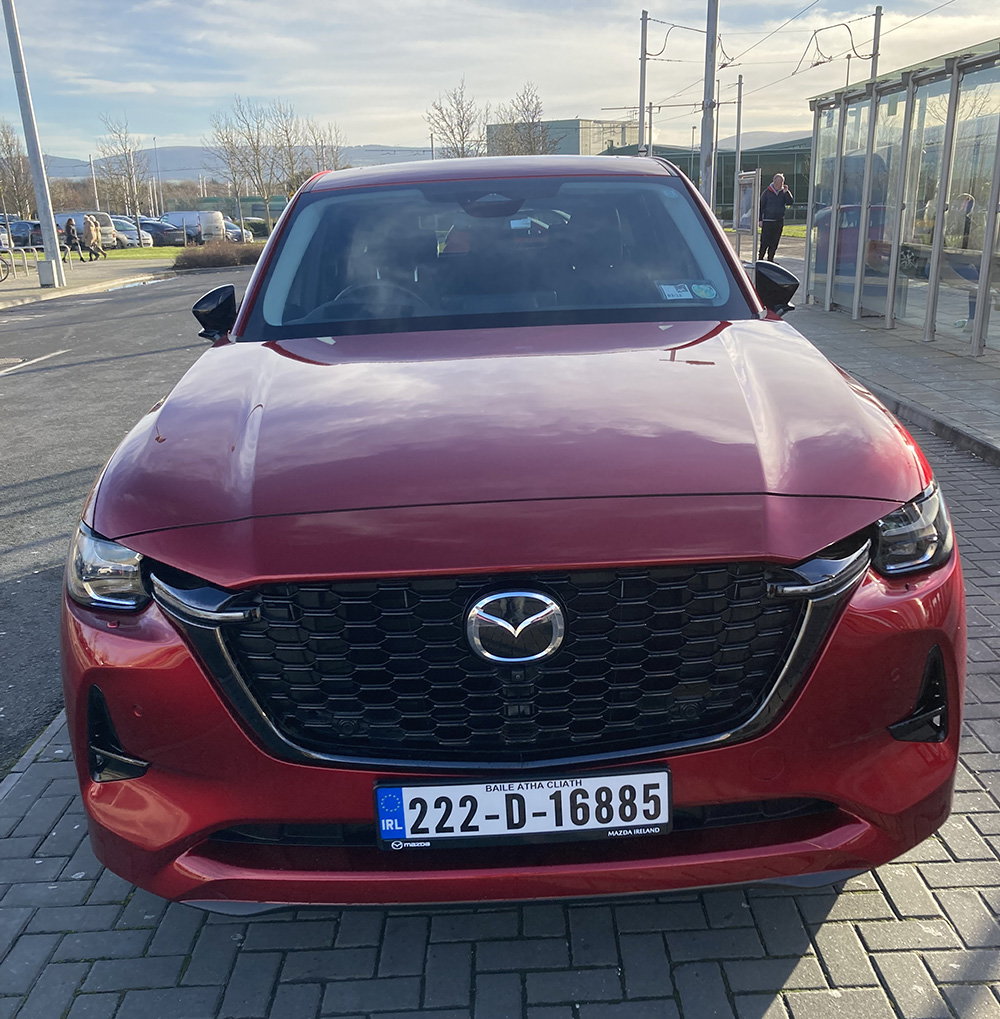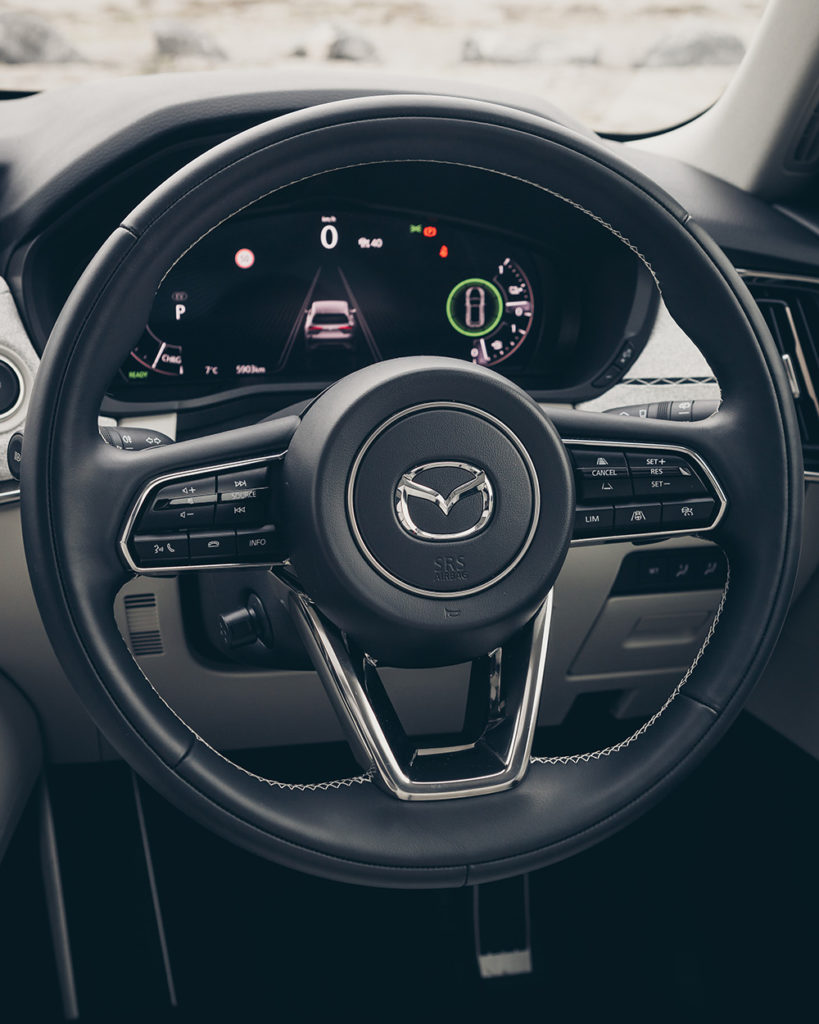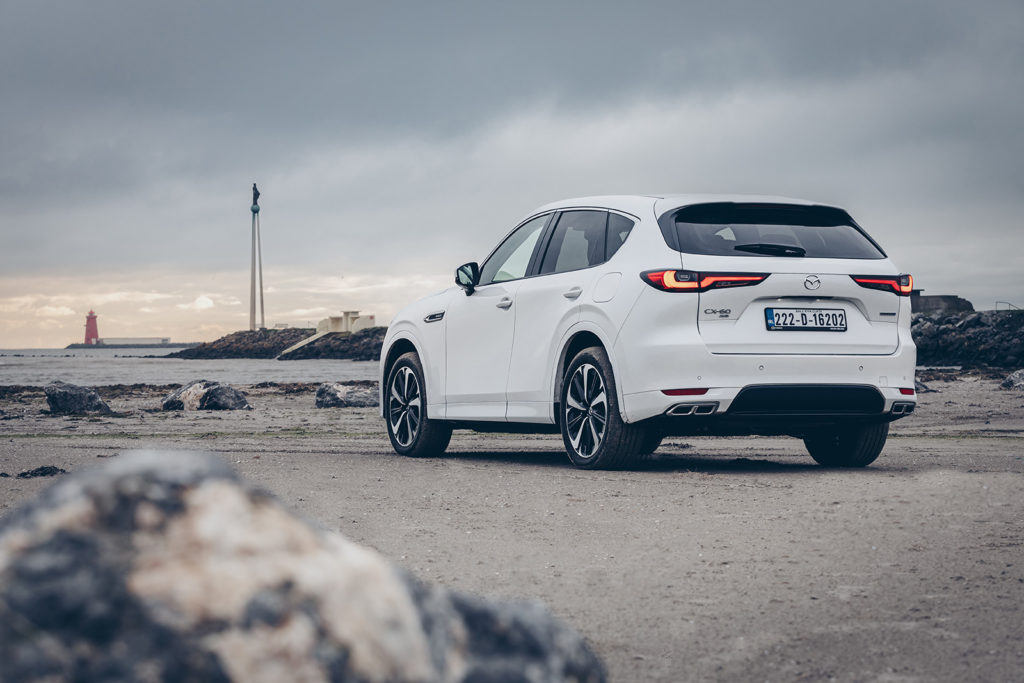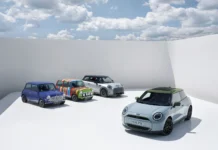The big worry when buying an electric car is charging. If you are buying a fully electric car you will need a home charger. Then, if you are going on long journeys, there is always worries about finding a quick charging point along the way and hoping there won’t be a queue when you find one.
However, if the latest plan from our Government for electric charge points comes to fruition in the next few years, we should have quick charging points every 60 kilometres along all our main roads.
Recent Governments haven’t done enough to provide fast charging points around the country. But now it looks like the current Government is going to push ahead with their Climate Action plan. The plan is for 30% of total passenger cars and 100% of new car registrations to be electric by 2030.
Prices of electric cars will have to be reduced and I think we will need charge points at every crossroads in the country if that is to happen.
Last week I drove the massive Mazda CX-60, Mazda’s first plug-in hybrid. Mazda has built some great cars, but sales wise, they haven’t been doing very well in Ireland in recent years. I owned a Mazda 323 many years ago and it certainly was a popular brand back in the nineties.

The CX-60 is sturdy and impressive. The Mazda website has pictures of a white car, but I think my Soul Red Crystal test model was even more impressive than the white.
It’s a plug-in Hybrid with a 2.5-litre engine which means you get approximately 60 kilometres in pure electric mode. Not a whole lot I know, but if your daily commute is low you could drive in electric mode every day, provided you have a charger at home. In petrol mode I found the CX-60 to be a bit thirsty, especially in urban driving.
At the front the car looks good with that massive grill and the Bridgestone Alenza tyres certainly add to that impressive look.
Inside there is ample head and leg room for five adults and the boot space is 570-litres. The seats were black leather with Japanese-stylestitching and a grey roofline lifted the décor. As usual with electric or plug-in Hybrids, no spare wheel provided. That space in the boot which was used for spare wheels, is now given over to store the technology needed for hybrid or electric cars.

When you sit in, you realise this is a massive motor, but it’s very easy to handle. First thing I noticed was the heads-up display on the windscreen in the driver’s line of vision; you get the speed limit on the road you are travelling and your own speed side by side, which is a great idea. So no excuse for breaking the speed limit.
It’s also very safe with a plethora of safety options. The one I liked most was if you are using the indicator when turning left or overtake, you get a beeping sound to tell you there is traffic coming up behind.
Prices start at €54,100, but my top of the range Hybrid version will cost you €64,200. That’s not cheap and if most of your driving is done in an urban setting, then Mazda probably offer better value with their CX-5 which I drove last summer and has a price of around €43K. But then if you are thinking of switching to electric you probably will start with a Hybrid.









